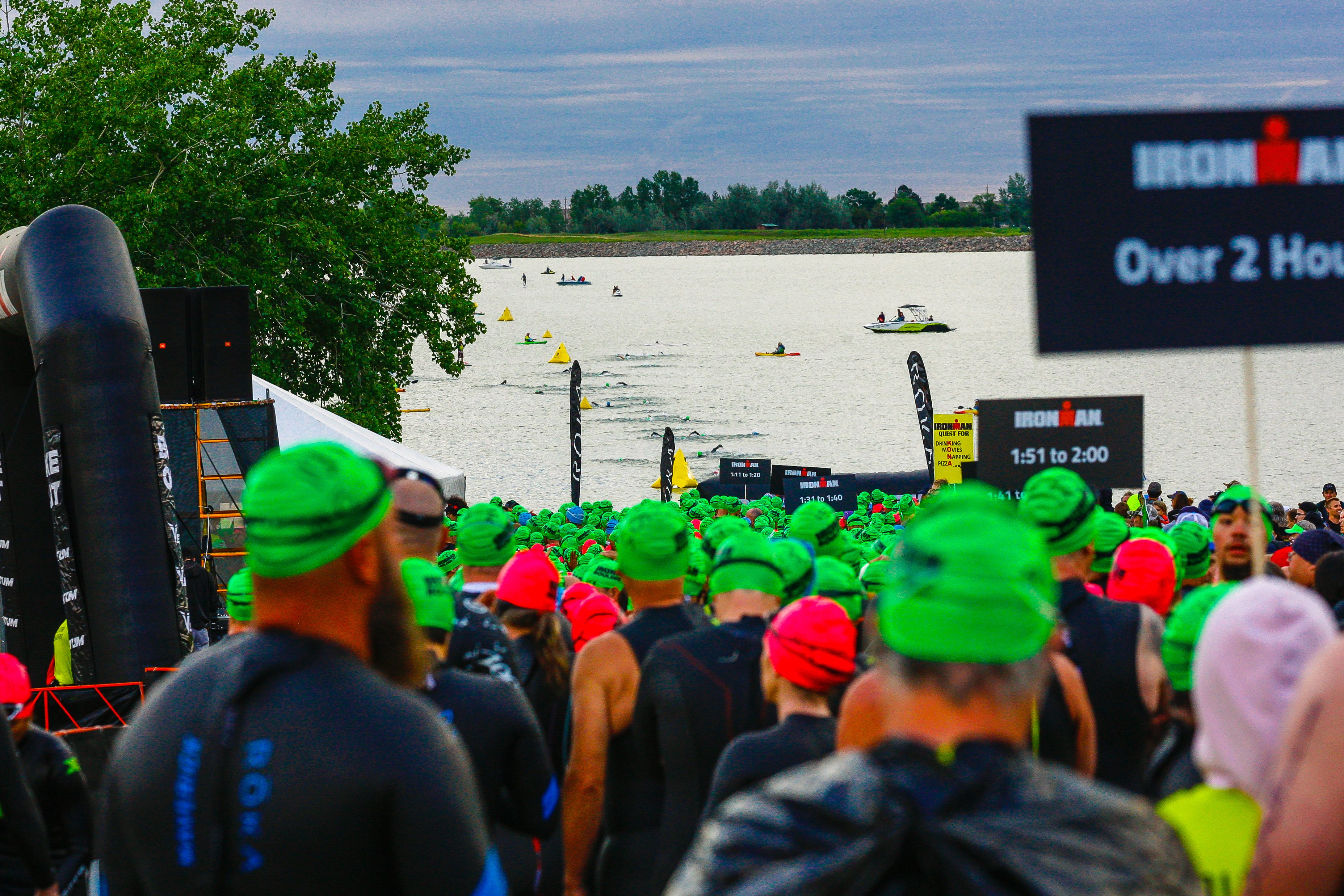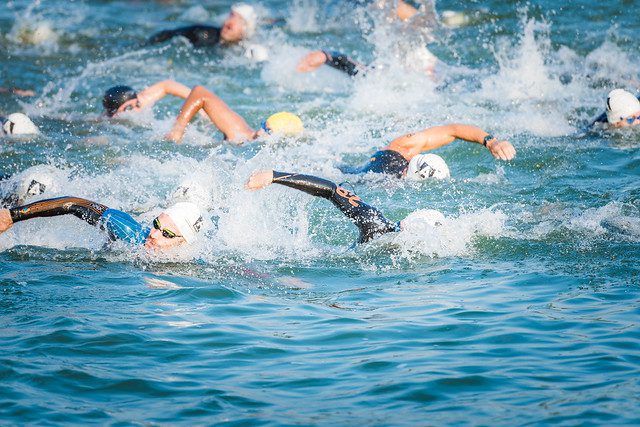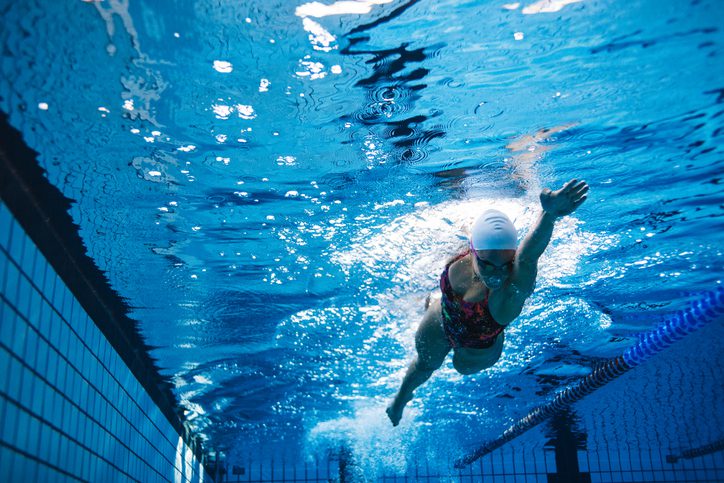Getting ready for race day
Setting fast standards (and sprints)

— by Clint Lien
A new season is coming up, and one of the things we need to think about is the distance of our focus races. When it comes to year-round swim training, the difference between training for a sprint and a full-distance race isn’t profound, but for optimal preparation, you want to focus some of your swim training on the distances you plan to hit as those races approach.

In this article, I’ll look at the sprint distance up to the standard distance – so that’s anywhere from 500 metres to 1,500 metres.
I’m going to give you a challenging progression you can do over a six- to nine-week period when you can do two things: increase your fitness and also gain a realistic idea what you might be able to execute come race day. For newer athletes, this can be valuable information when it comes to placing yourself at the start line.
The sets will oscillate between long rest, short rest and no rest.
Note: when the rest is listed as 45 seconds and five seconds, you want to pick “leave times” that will approximate that amount of rest. If you think you can hold your 100s around 1:45 with five seconds rest, then leave the wall every 1:50. This is important.
Standard Distance: Roll through this three-week progression two-three times prior to your event with the final 1,500m effort about two to three weeks before the race.
- Week 1: three times (5 x 100m @45-seconds rest +100m pull-snorkel)
- Week 2: 15 x 100m @ 5-seconds rest
- Week 3: 1,500m time trial
- For Standard and above: Rotate through long rest, short rest and time trial
Sprint Distance
- Week 1: two times (4 x 100m @45-seconds rest +100 pull-snorkel)
- Week 2: 8 x 100m @ 5-seconds rest
- Week 3: 800m time trial
It’s not realistic to incorporate this kind of a progression for the longer races without some significant modifications, but for shorter races, they’re great. They’ll challenge you and boost your fitness.
Of course, it’s important these sets are nestled within an otherwise solid program, but fitting them in shouldn’t be too challenging and, if you’re not careful, you might find yourself swimming faster.
Clint Lien is the head coach of Victoria’s Mercury Rising Triathlon: mercuryrisingtriathlon.com

